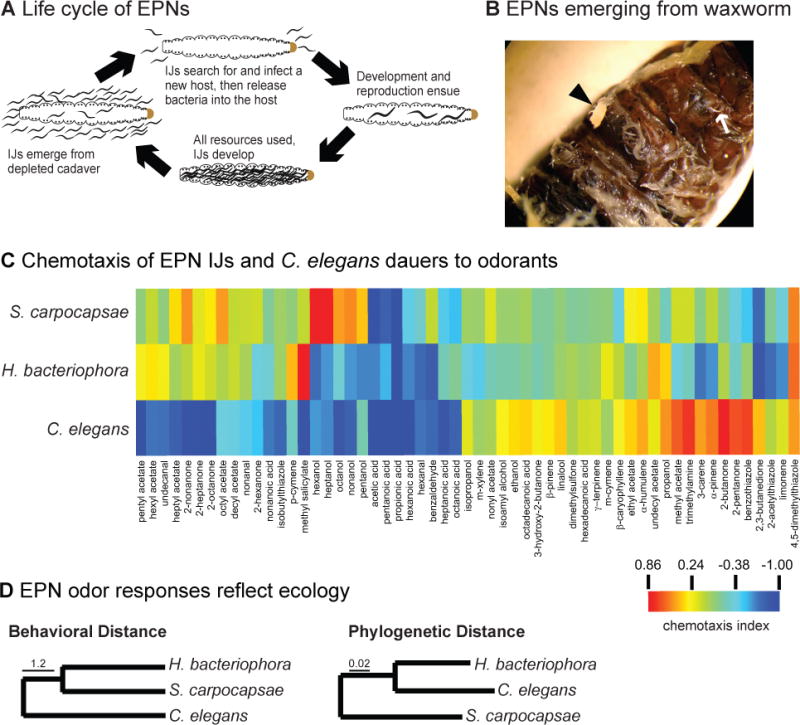Figure 1. Chemosensory responses of entomopathogenic nematodes (EPNs).

(a) Life cycle of EPNs. EPN IJs infect insect larvae either by entering through a natural body opening or by penetrating through the insect cuticle. IJs are associated with symbiotic bacteria, which they deposit into the host. The bacteria play an important role in overcoming the insect immune system. The nematodes develop and reproduce in the host cadaver for a few generations, feeding off the bacteria and digested insect tissue. New IJs then form and exit the cadaver to search for new hosts [106]. (b) IJs exiting a Galleria mellonella cadaver. Arrowhead indicates a clump of IJs; arrow indicates a single IJ. (c) The behavioral responses of H. bacteriophora IJs, S. carpocapsae IJs, and C. elegans dauers to the indicated odorants in a chemotaxis assay. The chemotaxis index ranges from 1 (perfect attraction) to −1 (perfect repulsion). Responses are color-coded according to the color scale on the lower right. (d) The odor response profiles of the EPNs are more similar to each other than to that of C. elegans despite their phylogenetic distance. Left, behavioral dendrogram of olfactory responses across species. Behavioral distance is based on the Euclidean distances between species based on their odor response profiles. Right, phylogenetic neighbor-joining tree. Branch lengths in the phylogenetic tree are proportional to genetic distances between taxa. Reprinted from [5] with permission. Abbreviations: EPNs, entomopathogenic nematodes; IJs, infective juveniles.
